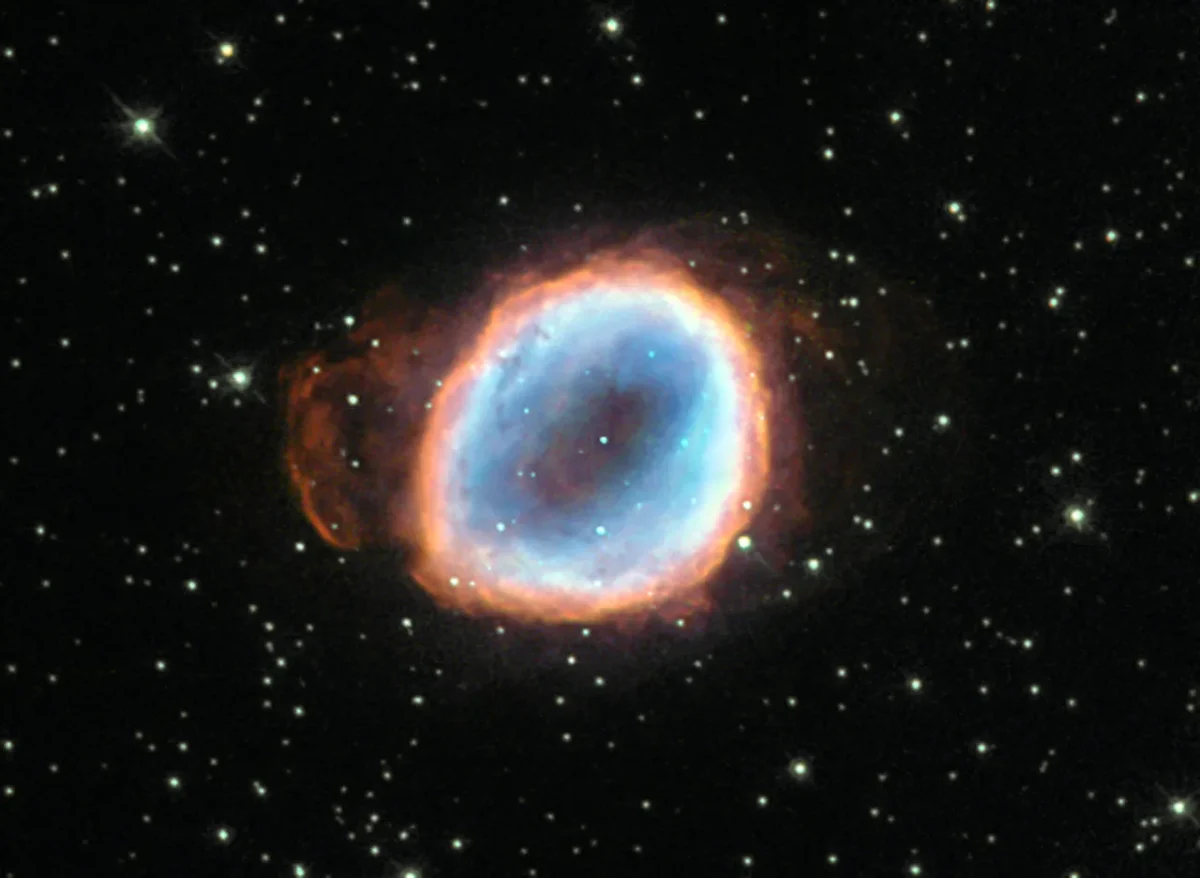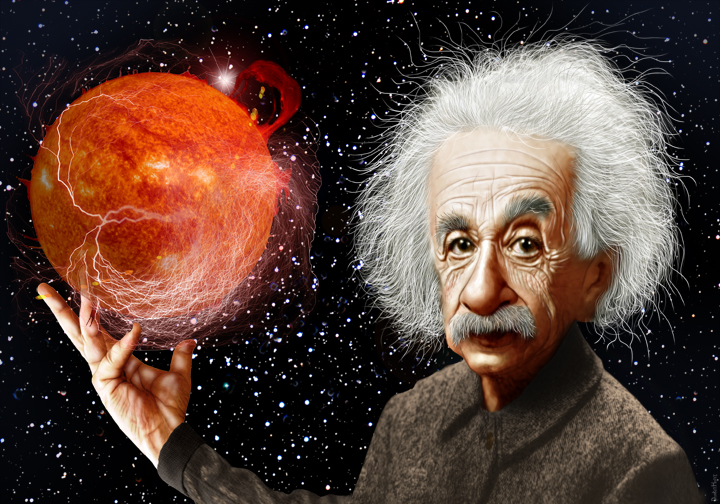In less than a second, the diameter of the star’s iron core collapses from the size of the Earth to the size of Manhattan, a blink before exploding into a supernova that will outshine the entire galaxy — but despite the speed of this phenomenon, this dramatic finale is millions of years in the waiting.
Beyond twinkling dots in the sky, stars are actually enormous glowing balls of gas, mainly of hydrogen and some helium. Born from a sea of dust and gas clouds called nebulae, stars are in a constant struggle against their own gravity, an extreme inward force that will ultimately crush the star. However, they are able to resist the pressure for millions, sometimes, even billions of years (depending on their size) through a process called nuclear fusion.
Ironically, it’s the intense pressure of gravity that makes nuclear fusion within cores of stars possible in the first place. “Hydrogen and helium atoms are fusing together…hydrogens with hydrogen, helium comes with hydrogens, etc, fusing together to make bigger and bigger elements, because of the great gravitational pressure that is forcing all those atoms together and that releases lots of energy,” chemistry teacher Akshay Gandhi said. This released energy generates outward pressure in resistance to the gravitational pressure, noticeable in the form of radiation, heat, and light. For approximately 90 percent of its life, a star is in its main-sequence stage keeping gravity’s force at bay in hydrostatic equilibrium, where the outward pressure from nuclear fusion counteracts the inward pressure of gravity.
Nonetheless, fusion in a star’s core eventually dwindles. “In those last stages, you run out of hydrogen [in the core]. So instead, you start to fuse helium to Helium, and then later on, you start fusing bigger than that, like, you know, beryllium to beryllium and so on, so forth,” Mr. Gandhi said. “You start to get to a point where you’re running out of small mass elements, and you start having to fuse larger elements.” With larger elements, nuclear fusion becomes increasingly difficult. Less fusion means less energy (heat and radiation) is released and the outward force weakens. The star becomes trapped in a losing battle as gravity squeezes harder and harder, causing the star’s inner layers to collapse. Meanwhile, its out layers, still mostly hydrogen, cool the star and give it a red glow.
Depending on a star’s original mass, the star will take one of two pathways as it dies.
“There’s kind of a dividing point where stars that are less than…eight times the mass of the Sun will fuse their helium, but then they can’t quite do the next layer,” physics teacher Elisabeth Vincent said. After reaching carbon, these smaller to medium-sized stars become regular red giants. The star sheds most of its mass into gas and dust to form a planetary nebula around its core. The core cools and shrinks, only leaving behind a tiny, dense white dwarf behind. Without fusion, the white dwarf only resists total collapse due to the electrons repelling one another in its core.
More massive stars go out with a bang. They become the larger counterparts of red giants — red supergiants. Because of their larger masses, they have greater gravitational pressure, and so fusion within the squeezed core does not stop at helium. From helium to carbon to magnesium to neon, fusion eats through the element supply until the core becomes iron. Unlike previous elements, iron ceases to release any energy and at over 100 billion degrees, gravity finally wins. At nearly one-fifth the speed of light, the outer atmosphere of the core suddenly hurtles back towards the small iron core. Iron atoms are smashed together and the entire infalling atmosphere recoils from the core in an explosive shockwave of matter — a spectacular supernova.
With cores 1.5 to 3 times as massive as the sun, the core shrinks into an incredibly hot and dense neutron star. But with additional mass, cores over 3 times as massive the core collapses into a black hole, so dense that even light cannot escape.
To this day, the spectacular deaths of stars still remain a wonder to astronomers and children alike. Born from merely dust and gas, these celestial bodies are ones to admire, from a distance of course.
If you would like to voice your opinion on an issue you feel is relevant to our community, please do so here. Anyone is able and welcome to submit a Letter to the Editor, regardless of journalistic experience or writing skills. Submissions may be published either online or in a print issue.










